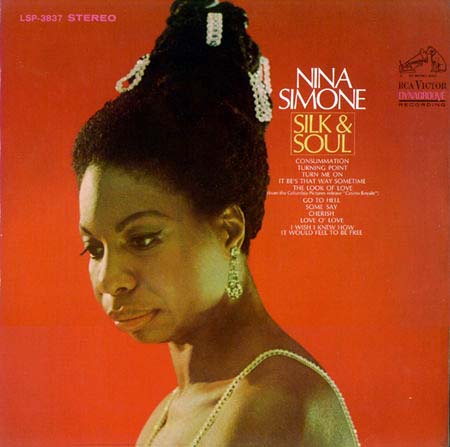
Read Stereophile, Don't Buy Dynagroove
Read Stereophile, Don't Buy Dynagroove

- Read more about Read Stereophile, Don't Buy Dynagroove
- Log in or register to post comments

Im fairly certain I have power line noise coming through my speakers. At random, I get "pops" that seem to happen when the refrigerator turns off. I also get "static" which during one episode the only clue I could find was the dryer running downstairs. The pops and static only last about 2-3 seconds at a time and happen randomly throughout the day and night.
We have acquired a quality receiver and speakers (Yamaha RXV3800 and DefTech speakers). My Yamaha is capable of playing MP3s from a flash drive (really cool not to have to burn!),however the ends of songs are sometimes cut off, and the shuffling is sometimes erratic. I would love to have more control over the playlist.
1. Would an IPOD type device attached to my receiver (it can do that) utilize the full capabilities of my receiver and speakers, or the IPOD's lesser quality?
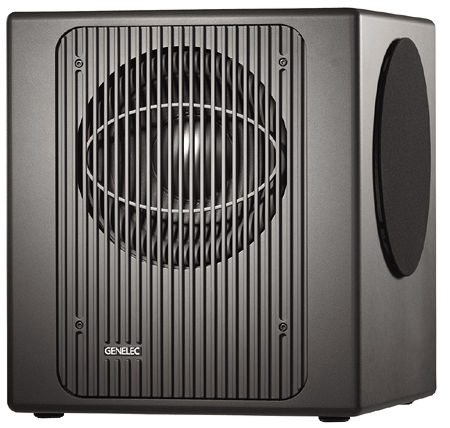
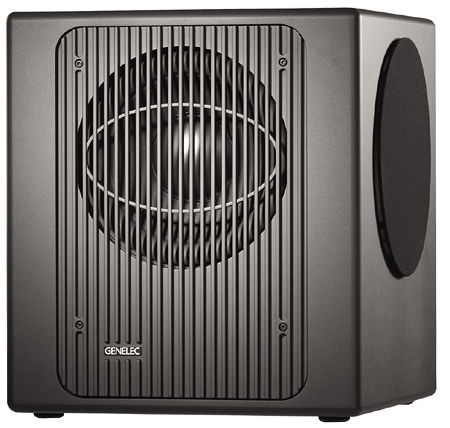
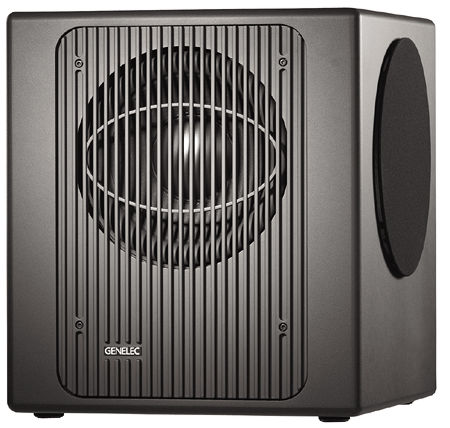
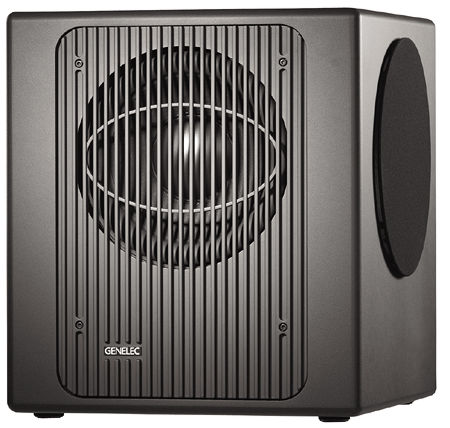
Howdy, I'm trying to get some speakers I've recently come to own. I tried out two different amps with the speakers.This is what I've working with,
2 Speakers: Carver - Amazing Loudspeaker Platinum IV
Amps: Kenwood - KA-4002 Solid State Amplifier
Lafayette Stereo 10B Solid State Amplifier
I hooked my video game audio RCA cables to the amplifiers. Both popped when I turn the audio source on, but neither produce any sound except a small buzz. I also tested this with headphones to the exact same result.